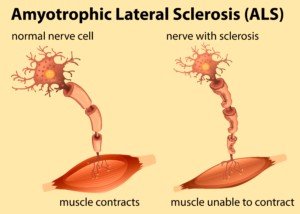
An unexpected risk factor for later development of ALS has been found: low muscle strength.
New Risk Factor for ALS: Low Muscle Strength
A study at Sahlgrenska Academy, Sweden (Journal of Neurology, Feb. 2018) found that among teens (18 and 19), low muscle strength was a risk factor for this killer disease. So were low blood counts.
Though these results are impossible to ignore, this IS a first-time study in this realm.
However, Dr. Maria Aberg, a neurobiology professor, physician and lead study author, explains in the paper, “One should never overstate conclusions from a first-time study — the results need to be repeated.”
Aberg et al took a look at Swedish military enlistment data for over 1.8 million men between 1968 and 2005, plus data from the Swedish mortality register and health care register. The follow-up was up to 46 years.
Out of the 1.8 million, 526 developed ALS.
New ALS Risk Factor
At the time the young men were enlisted in the military, the muscle strength of their legs, arms and hands were measured.
The subjects with the lowest muscle strength had a substantiail risk of developing ALS 30 years later, says the paper.
This is alarming news to anyone who may be recalling how “weak” they were in young adulthood.
The results of this study do NOT prove a direct causation between weak muscles early in adult life and the development of ALS years later.
But somehow, someway, this connection is there. Certainly, many people are “weaklings” in young adulthood and live to 90 without ever getting this motor neuron disease.
The “why” is not answered. The “how” is unanswered as well. There’s only that association.
If you never worked out as a younger person and thus had weak muscles – not even able to do a pushup or even half a pull-up – don’t panic.
Remember, there are millions of people who live to old age without ever developing ALS and who were weaklings in young adulthood.
How to Get Strong at Any Age
What I’ve noticed among many teen males and men in their 20s, who clearly are new to lifting weights, is that they spend an inordinate amount of time doing dumbbell curls — usually with awful form.
They’re obviously trying to build up their arms. I’ve seen them doing this for literally 20 minutes, taking short rests and going at it again with terrible form.
If you want strong muscles, whether or not you fear ALS, then the smart approach is to do exercises that work the biggest muscle groups.
You’ll get a strong BODY this way much faster than spending tons of time on small isolation exercises.
Below are examples of muscle-strengthening exercises.
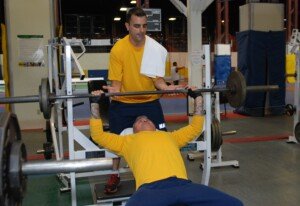


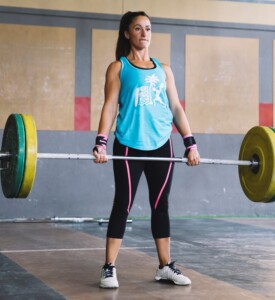
Freepik.com
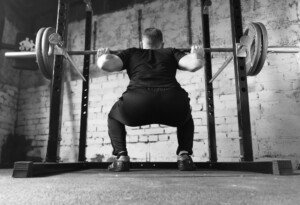
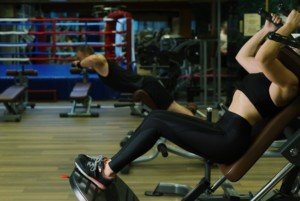
Shutterstock/mountaira
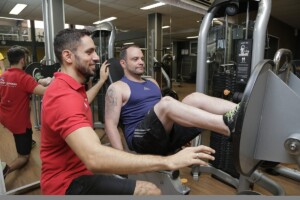
Rafaelqcn, CreativeCommons
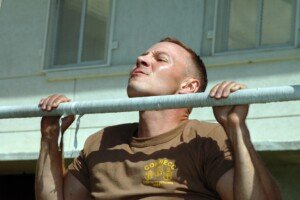
080903-N-9095H-062


